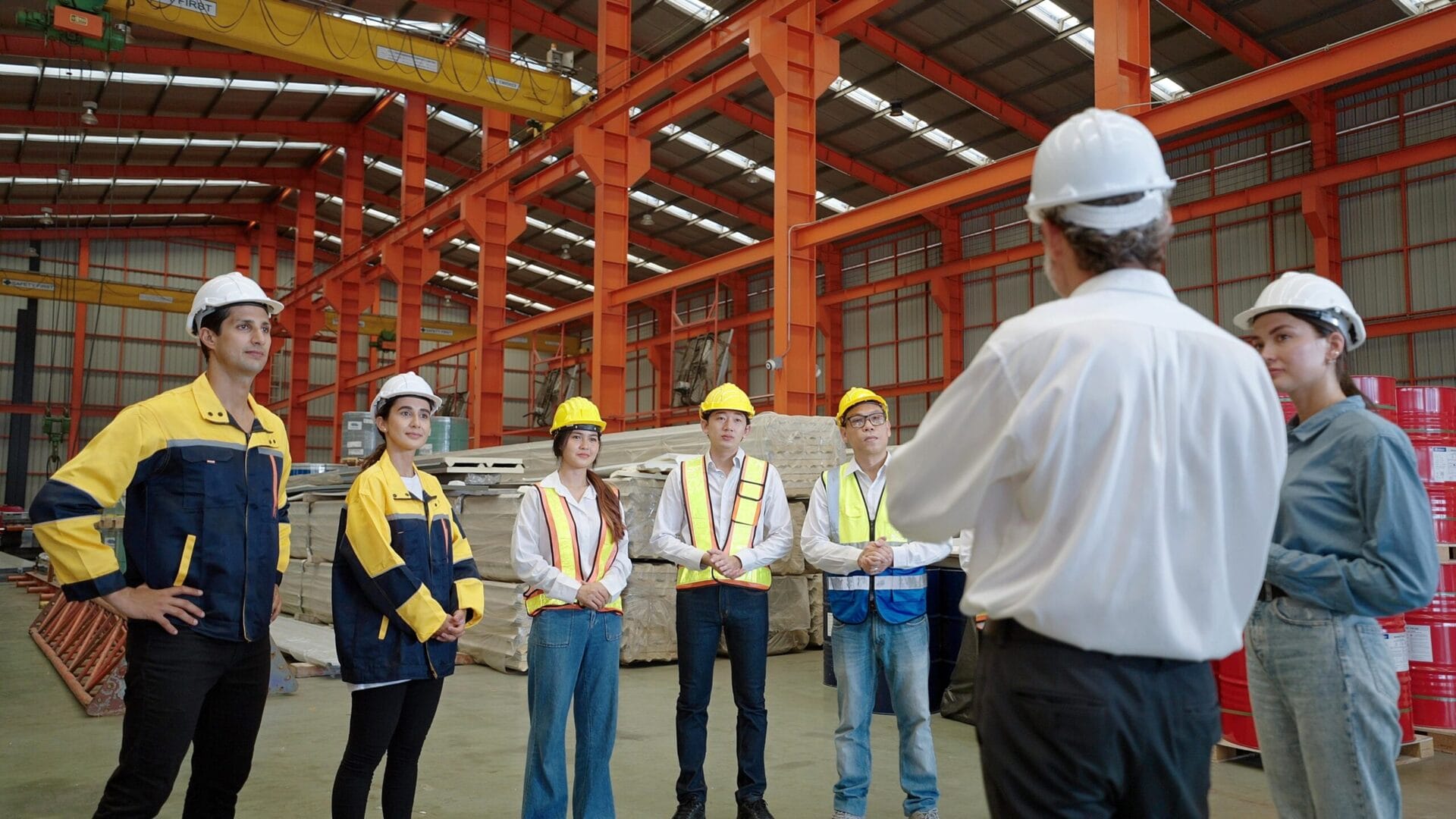As a global manufacturer and supplier of fasteners and c-class components, Optimas has a wealth of experience in supporting industrial producers who are looking to find greater value in their fastener usage.
The process of changing fastener suppliers can seem daunting; however, we have broken down five key considerations when thinking about changing partners.
- Recognizing the Signs to Change
Before making any decisions, consider whether you need to change your fastener supplier to keep your operations competitive, efficient and aligned with your business goals. This requires a keen understanding of your current challenges as well as looking towards the future.
You can break down this process with a few key indicators that will help uncover the benefits of changing fastener suppliers.
- The quality of fasteners supplied is causing product failures, increased maintenance or customer dissatisfaction.
- Your current supplier is not helping you achieve optimal inventory levels, which is leading to stock shortages or excess and obsolete, affecting your production costs.
- You are finding challenges in communication and the supplier does not provide you with a specific team to address your needs.
- Their engineering capabilities are not contributing to the innovation of your products.
As you consider these indicators, think about the long-term goals of your business and the role a supplier partnership plays in achieving them. The right supplier will grow with you, offering solutions that anticipate future challenges and opportunities.
- How to Prepare for a New Supplier
The first task to do before searching for your new fastener supplier is to create a comprehensive review that documents your fastener usage. This can include sizes, types, materials, annual volume, seasonal fluctuations in demand and more. These details are fundamental to ensure a successful supply and provide the service you require.
Next on the task list is thinking about the pain points in your fastener supply chain operations. For example, are you having quality issues or are the current costs too high for your operations?
All of these findings will allow you to effectively communicate your needs and target outcomes throughout your search for a new partner.

Futuristic Technology Retail Warehouse: Worker Doing Inventory Walks when Digitalization Process Analyzes Goods, Cardboard Boxes, Products with Delivery Infographics in Logistics, Distribution Center
- Selecting the Right Partner
After identifying the need for change and preparing your organization for a supplier transition, the next step is selecting the right partner.
Look for partners who have a proven track record in your industry. They should have strong distribution capabilities, a commitment to quality and innovation, and ideally, robust manufacturing capabilities as well.
The addition of in-house capabilities, such as manufacturing, enables you to maintain a continuous supply of parts and also mitigates the risk of supply chain disruptions.
To easily evaluate the different fastener suppliers you speak with, create a simple scorecard where you rank these organizations on topics such as:
- Financial stability
- Demand planning capabilities
- Implementation plans
- Localized customer support
- Technology capabilities
- References and case studies

- Create a Transition Plan
After selecting the right fastener supplier, the next step is to collaborate with your new partner on a comprehensive transition plan.
A great way to do this is by establishing a dedicated, cross-functional project team that includes members from procurement, engineering, operations and quality assurance. That team will then guide all aspects of the process. Among them, a project manager can be nominated as the primary contact to act as the point of call between your organization and your new fastener supplier.
Another important consideration is to map out key timelines for the transition. This should include deadlines for inventory audits, data integration, first deliveries, in-plant bin/rack installations and inventory management technology implementation. Setting clear milestones helps track progress and ensures all parties are aligned on expectations.

- Ensure Success After the Transition
After the transition is complete, conduct a post-implementation review to assess its successes and identify areas for improvement. Reviewing the transition objectives against the results with key stakeholders from both parties is a good way of gaining insight on your new partner.
Furthermore, you should implement regular performance reviews with your new fastener supplier. This meeting can include all aspects of the relationship–from product quality to service levels and future product roadmaps with dedicated representatives to help elevate your new relationship with the partner.







